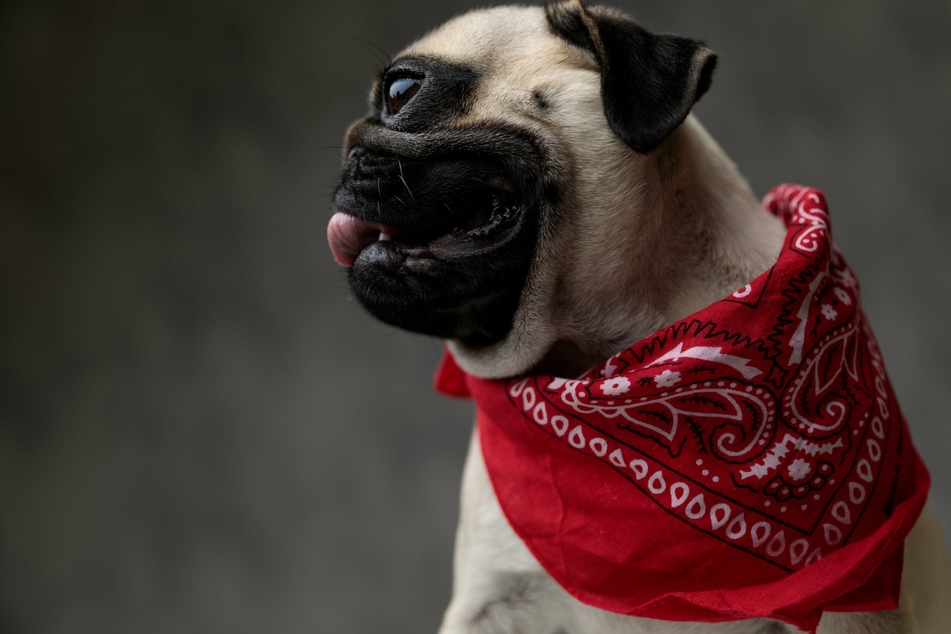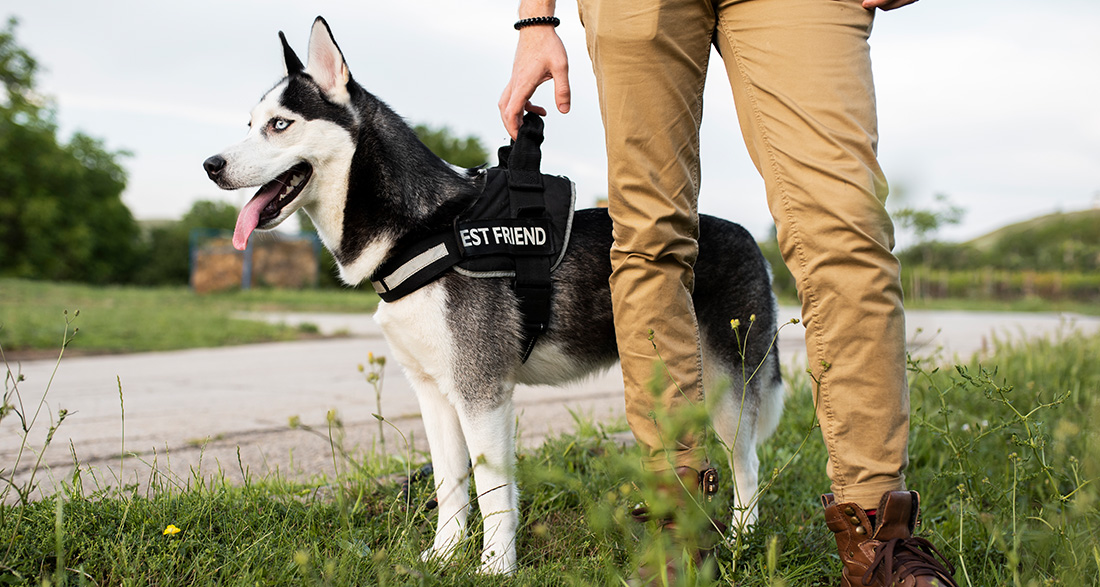Surely, each of us has observed a panting dog at some point. Many probably think it’s completely normal; the dog has just been romping around. However, there can be quite different reasons why dogs pant.
What is panting?
Usually, panting is initially a completely normal behavior for dogs. They stick their tongues out of their mouths and salivate more.
Simply put, panting is a very shallow breathing technique where the inhaled air barely reaches the lungs, and thus, there is no increased gas exchange.
Normally, a healthy dog breathes about 30 times per minute, inhaling and exhaling. During panting, the breathing rate can increase to 300 to 400 breaths per minute. What leads to hyperventilation in humans does not happen in dogs.
When dogs pant, it may not always be related to regulating their body temperature or occur after physical exertion. Learn about possible reasons why dogs pant in the iHugDogs dog guide.
Why do dogs pant: Possible causes
For most people, it’s clear that when a dog pants, it has just had a good run around and needs a breather. However, other reasons, and even serious illnesses, can underlie this “panting” behavior.

Dogs pant to lower their temperature
Dogs have few sweat glands, and the few they have are located on the pads under their paws. Specifically, this means that while dogs can sweat, it’s only from their paws. This is far from enough to lower their body temperature by sweating. Therefore, they rely on panting.
During panting, hot air from their lungs is rapidly exchanged with cooler outside air, causing water from the tongue, mouth, and nose to evaporate quickly. This helps dogs control their body temperature and effectively cool down.
Dogs pant due to illness
In general, it’s entirely normal for a dog to pant. However, if a dog does this even at rest, without prior physical activity or in hot outside temperatures, attention should be paid to additional accompanying symptoms. This could indicate an illness.
Symptoms may include:
- Vomiting
- Fever
- Coughing
- Lethargy
- Pale mucous membranes
- Unexplained restlessness
- Excessive drinking
- Overweight
This list is not exhaustive.
Various heart conditions, anemia, diabetes, infection, poisoning, allergies, and more could be behind excessive panting.
So, if you notice additional symptoms in your four-legged friend alongside panting, a visit to the veterinarian is definitely recommended.
Dogs pant in stressful situations
Dogs that feel stressed or are afraid of something tend to pant. Often, other noticeable behavior changes occur, such as trembling, whining, hiding, frequent lip licking, and restless pacing.
The trigger for stress or fear can be diverse:
- Car rides
- Loneliness
- Fireworks
- Thunderstorms
- Children
- Visits to the vet
- Unfamiliar environments
- Other dogs
If the causes of frightening or stress-inducing circumstances for your dog are known, it’s advisable to comfort the animal in those situations. Distraction through a toy or a treat can also be helpful.
Dogs pant due to pain
Detecting whether a dog is currently in pain is not always straightforward, as they usually try to hide it. Following the motto: showing weakness makes you a target for others.
However, if panting is accompanied by symptoms such as constant whining, restless behavior, refusal to eat, increased drowsiness, etc., these could be signs that the dog is in pain.
For example, due to:
- Arthritis
- Bladder infection
- Ear infection
- Injuries
- Toothache
To avoid unnecessary suffering for the dog, a veterinarian should be consulted if there is suspicion of existing pain.
Good to know
If a pregnant female dog pants more than usual, is restless, and trembles, it could indicate the onset of labor.
Dogs pant due to physical characteristics
Certain dog breeds have a shortened skull with a flat face and a short nose. Due to this so-called brachycephaly, they constantly struggle with breathing difficulties.
On the one hand, the airways of brachycephalic dogs are not long, and the surface area for evaporation in their noses is not large enough. On the other hand, the cooling nasal breathing is restricted due to the altered airway. If these dogs pant even at rest, they do so to counteract overheating.
Breeds affected include, for example:
Conclusion
In principle, every dog pants, especially when it’s hot or they’ve really exerted themselves. However, if the four-legged friend also pants at rest, and additional symptoms occur, other causes should be clarified by a veterinarian.


